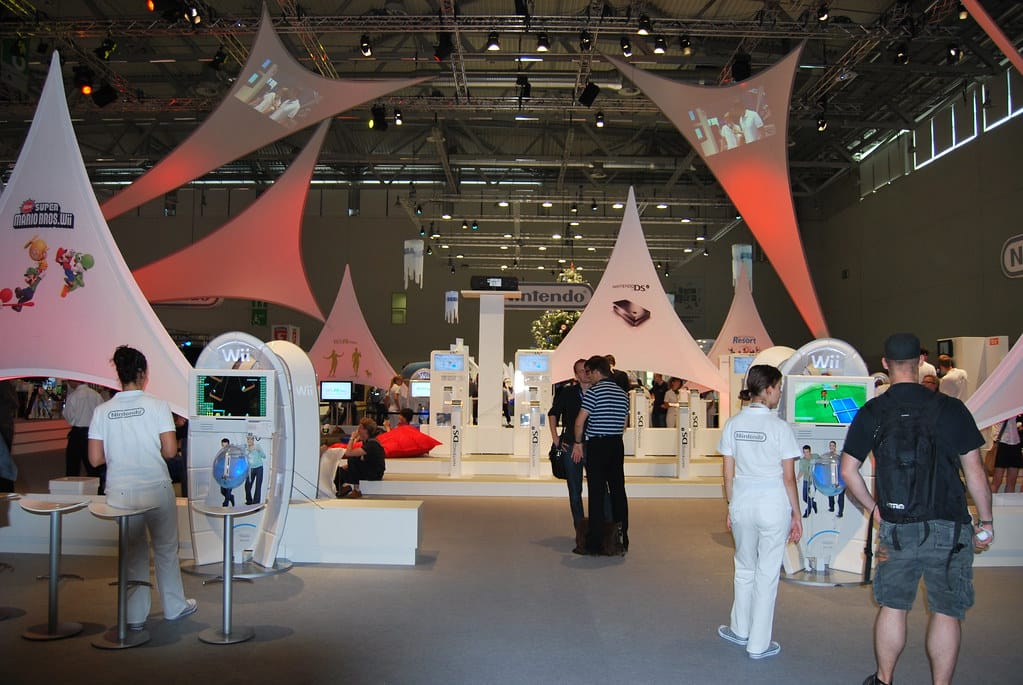Nintendo's Strategic Gamble: Staying Traditional While Gaming Giants Burn Through Billions
While the gaming industry grapples with development costs that have spiraled into the hundreds of millions, Nintendo is doubling down on what it calls its "traditional approach" – a strategy that could either secure its future or leave it behind in the next generation of gaming.
The Cost Crisis Gripping the Industry
The numbers are staggering. Where blockbuster games once cost $50-60 million to develop, today's AAA titles routinely exceed $200 million. Sony's "The Last of Us Part II" reportedly cost over $220 million, while Rockstar's "Red Dead Redemption 2" ballooned to an estimated $540 million when including marketing. These astronomical figures have transformed game development from a creative endeavor into a high-stakes financial gamble that can make or break entire studios.
Nintendo President Shuntaro Furukawa recently addressed this industry-wide crisis, stating that the company remains committed to its philosophy of "creative ideas over raw processing power." This isn't just corporate speak – it's a fundamental rejection of the arms race that has consumed much of the gaming industry.
Nintendo's Counter-Cultural Philosophy
Quality Over Quantity
Nintendo's approach centers on what industry insiders call "lateral thinking with withered technology" – a principle established by legendary designer Gunpei Yokoi. Rather than chasing the latest graphics cards or processing power, Nintendo focuses on innovative gameplay mechanics using proven, cost-effective hardware.
This philosophy has yielded remarkable results. "The Legend of Zelda: Tears of the Kingdom," one of 2023's most acclaimed games, was developed on hardware that's technically inferior to smartphones, yet it generated over $1 billion in revenue within its first month.
The Economics of Fun
Nintendo's financial model stands in stark contrast to its competitors. While Sony and Microsoft often sell hardware at a loss to build market share, Nintendo has maintained profitability on its Switch console since launch. The company's games, typically developed with smaller teams over shorter timeframes, consistently achieve profit margins that would make other publishers envious.
Consider the development teams: while "Cyberpunk 2077" employed over 500 developers, most Nintendo first-party titles are created by teams of 50-100 people. This lean approach allows for more creative freedom and faster iteration cycles.
The Risks of Swimming Against the Current
Technology Gap Concerns
Critics argue that Nintendo's traditional approach may create an insurmountable technology gap. As competitors embrace ray tracing, 4K gaming, and advanced AI, Nintendo's hardware continues to lag behind. The Switch, now in its seventh year, struggles to run many modern multiplatform games, potentially limiting Nintendo's third-party support.
Market Expectations
Today's gaming audience has been conditioned to expect photorealistic graphics and cinematic experiences. Nintendo's bet on gameplay innovation over visual fidelity assumes that consumers will continue to prioritize fun over flashy graphics – a assumption that becomes riskier as visual standards continue to rise.
The Sustainable Gaming Model
Nintendo's strategy addresses a critical industry problem: unsustainable development costs. When a single game failure can shut down a studio, Nintendo's model offers an alternative path forward. The company's diverse portfolio of smaller, innovative titles provides multiple revenue streams and reduces the risk of catastrophic losses.
The success of games like "Animal Crossing: New Horizons" and "Super Mario Wonder" demonstrates that audiences still hunger for creative, accessible experiences that don't require Hollywood budgets to produce.
Looking Forward: Innovation vs. Evolution
As the gaming industry stands at a crossroads, Nintendo's traditional approach represents more than just corporate strategy – it's a referendum on the future of game development. The company's upcoming projects will test whether creativity and innovation can continue to triumph over raw technological power.
The implications extend beyond Nintendo itself. If the company's approach continues to succeed, it could inspire other developers to reconsider their own expensive development strategies, potentially reshaping the entire industry's economic model.
Nintendo's commitment to its traditional development philosophy isn't just about preserving the past – it's about proving that sustainable, creative game development can thrive in an industry obsessed with bigger budgets and flashier graphics. As development costs continue to soar, Nintendo's approach may not just be traditional – it might be revolutionary.
